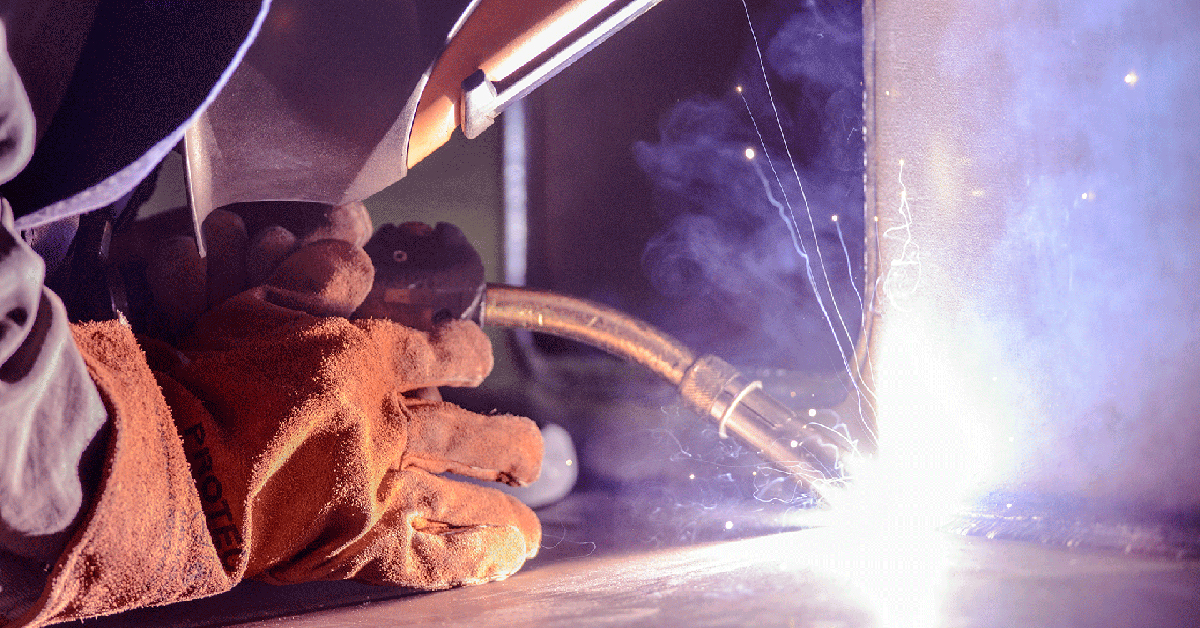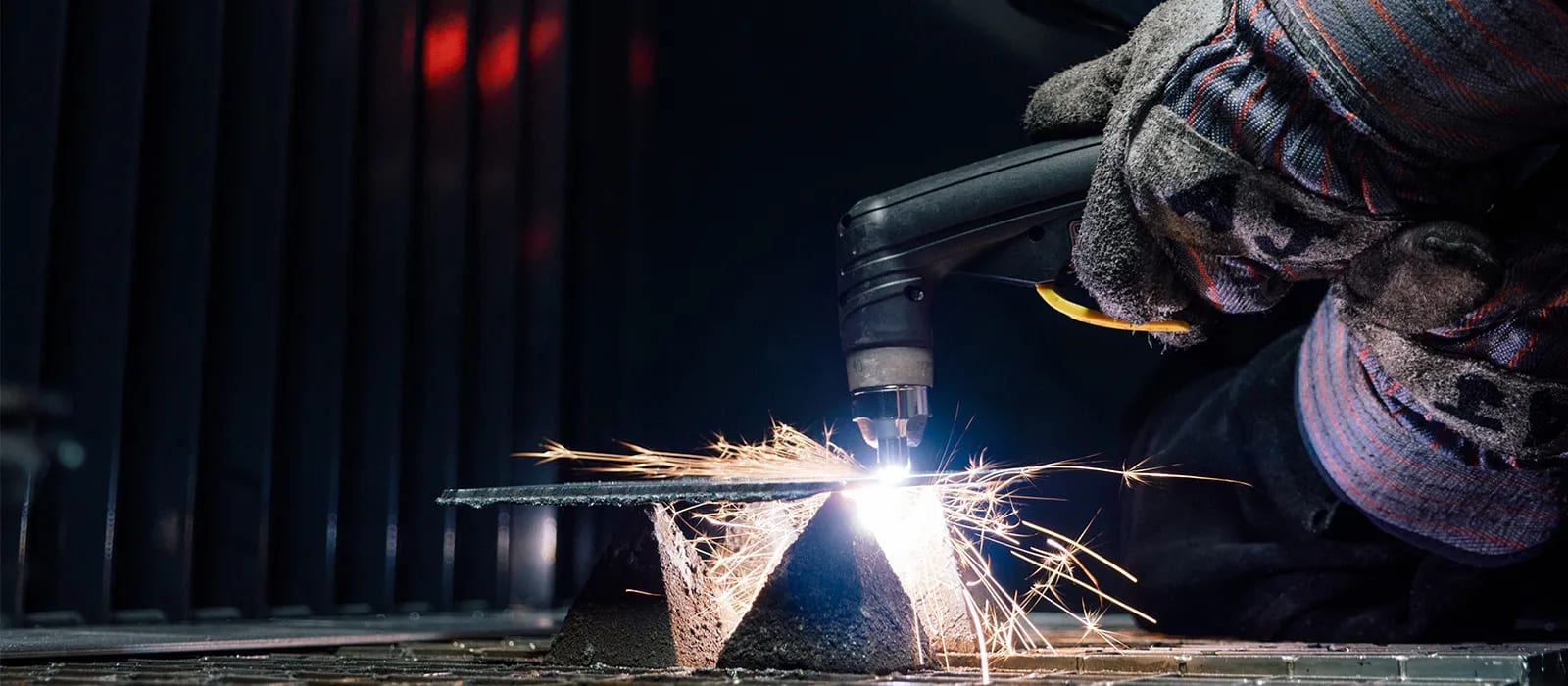Preventing Weld Undercut Demystified: Strategies for Success
Wiki Article
Mastering the Art of Welding: Exactly How to Avoid Undercut Welding Issues for Flawless Manufacture Results
By recognizing the root causes of undercut welding and applying efficient strategies to stop it, welders can raise their craft to new degrees of quality. In the quest of perfect manufacture results, understanding the art of welding to avoid undercut problems is not simply a skill yet a need for those striving for perfection in their work.Comprehending Undercut Welding

To avoid undercut welding, welders must make certain correct welding parameters, such as changing the present, voltage, traveling rate, and keeping the proper electrode angle. In addition, using the ideal welding method for the specific joint configuration is necessary. Using weaving motions or backstepping techniques can aid make sure correct weld steel deposition and minimize the likelihood of undercut formation. Regular evaluation of welds throughout and after the welding procedure is also important to capture any undercut early and make necessary changes to avoid further issues. Preventing weld undercut. By recognizing the reasons for undercut welding and implementing preventive actions, welders can achieve premium, structurally sound welds.
Causes of Undercut in Welding
Comprehending the variables that add to undercut in welding is crucial for welders to create top quality, structurally sound welds. When the weld metal does not effectively load the groove formed between the base metal and the previously deposited weld steel, damaging occurs. Numerous variables can cause undercut in welding. One common reason is too much heat input. Welding at high temperatures for prolonged durations can cause the base steel melting greater than desired, causing undercut. Inadequate welding inaccurate or present welding speed can additionally add to damage. Inadequate current may not give sufficient warm to thaw the base and filler metals appropriately, while extreme speed can stop appropriate fusion, creating undercut. Furthermore, improper electrode angles or incorrect torch manipulation techniques can produce locations of reduced weld metal deposition, promoting undercut. Comprehending these causes and carrying out appropriate welding strategies can assist avoid damaging concerns, making sure solid and long lasting welds.Strategies to avoid Undercutting

To minimize the threat of undercutting in welding, welders can employ critical welding methods intended at enhancing the quality and stability of the weld joints. Furthermore, making use of the appropriate welding method for the details joint setup, such as weave or stringer beads, can add to reducing undercutting.
Additionally, appropriate joint prep work, consisting of guaranteeing tidy base materials devoid of contaminants and utilizing the appropriate welding consumables, is critical in preventing go to my site undercut issues. Employing back-step welding methods and regulating the weld bead profile can also assist disperse warmth equally and lessen the threat of undercut. Regular evaluation of the weld joint during and after welding, in addition to implementing quality assurance measures, can aid in resolving and discovering undercutting concerns without delay. By applying these techniques faithfully, welders can attain remarkable construction results with minimal undercut issues.
Importance of Proper Welding Parameters
Picking and preserving suitable welding criteria is necessary for achieving effective welds with minimal flaws. Welding criteria describe variables such as voltage, current, travel speed, electrode angle, and securing gas circulation rate that directly influence the welding procedure. These specifications must be meticulously adjusted based upon the kind of material being bonded, its density, and the welding strategy used.Correct welding parameters ensure the best amount of warm is put on thaw the base metals and filler product evenly. If the parameters are set expensive, it can bring about too much warm input, creating spatter, distortion, or burn-through. On the other hand, if the criteria are as well reduced, insufficient combination, absence of infiltration, or damaging might take place.
Quality Guarantee in Welding Operations

Final Thought
In verdict, mastering the art of welding requires a comprehensive understanding of undercut welding, its causes, and strategies to stop it. By making certain appropriate welding specifications and executing quality control techniques, perfect construction results can be accomplished. It is necessary for welders to continually pursue excellence in their welding procedures to avoid undercut issues and produce top notch welds.Undercut welding, a common problem in welding processes, takes place when the weld steel does not correctly load the groove and leaves a groove or clinical depression along the welded joint.To stop undercut welding, welders ought to make certain proper welding criteria, such as changing the current, voltage, travel rate, and keeping the proper electrode angle. Insufficient welding inaccurate or present welding rate can also contribute to undercut.To reduce the danger of undercutting in welding, welders can use resource calculated welding strategies aimed at enhancing the quality and honesty of the weld joints.In verdict, understanding the art of welding requires a thorough understanding of undercut welding, its causes, and techniques to stop it.
Report this wiki page